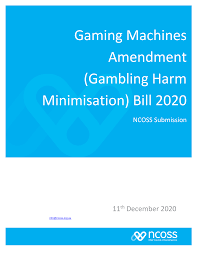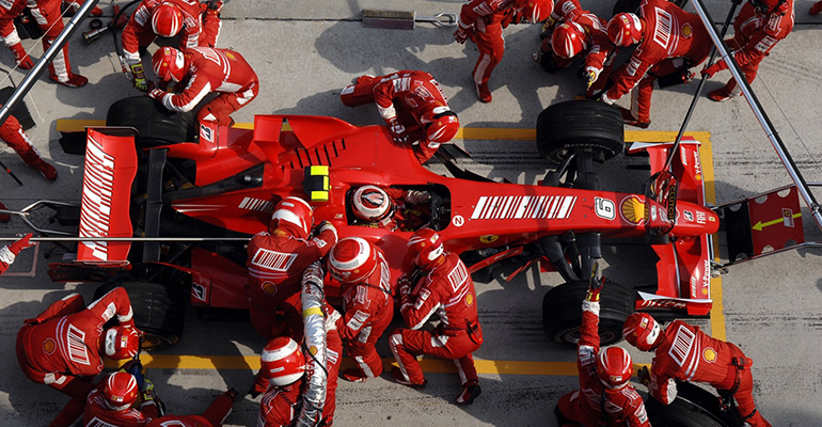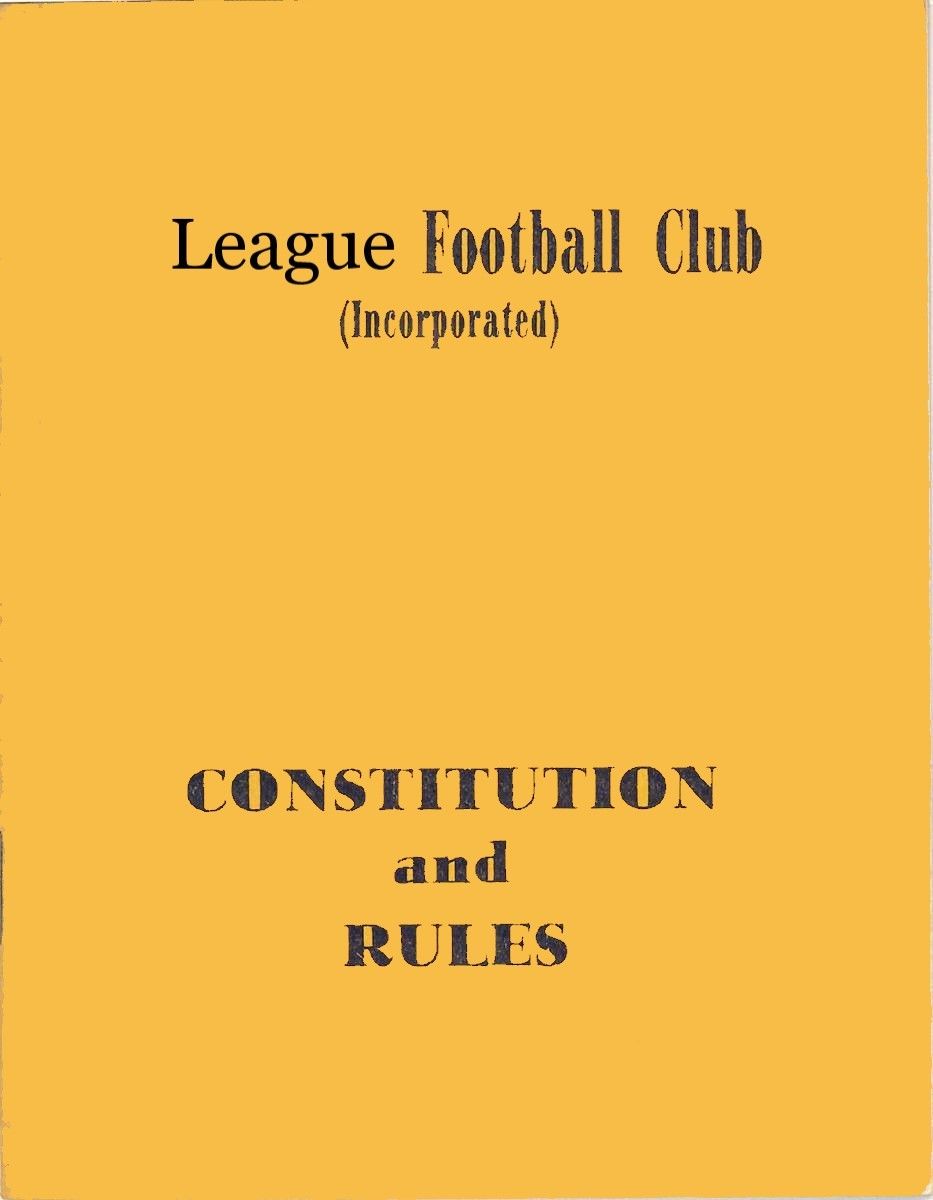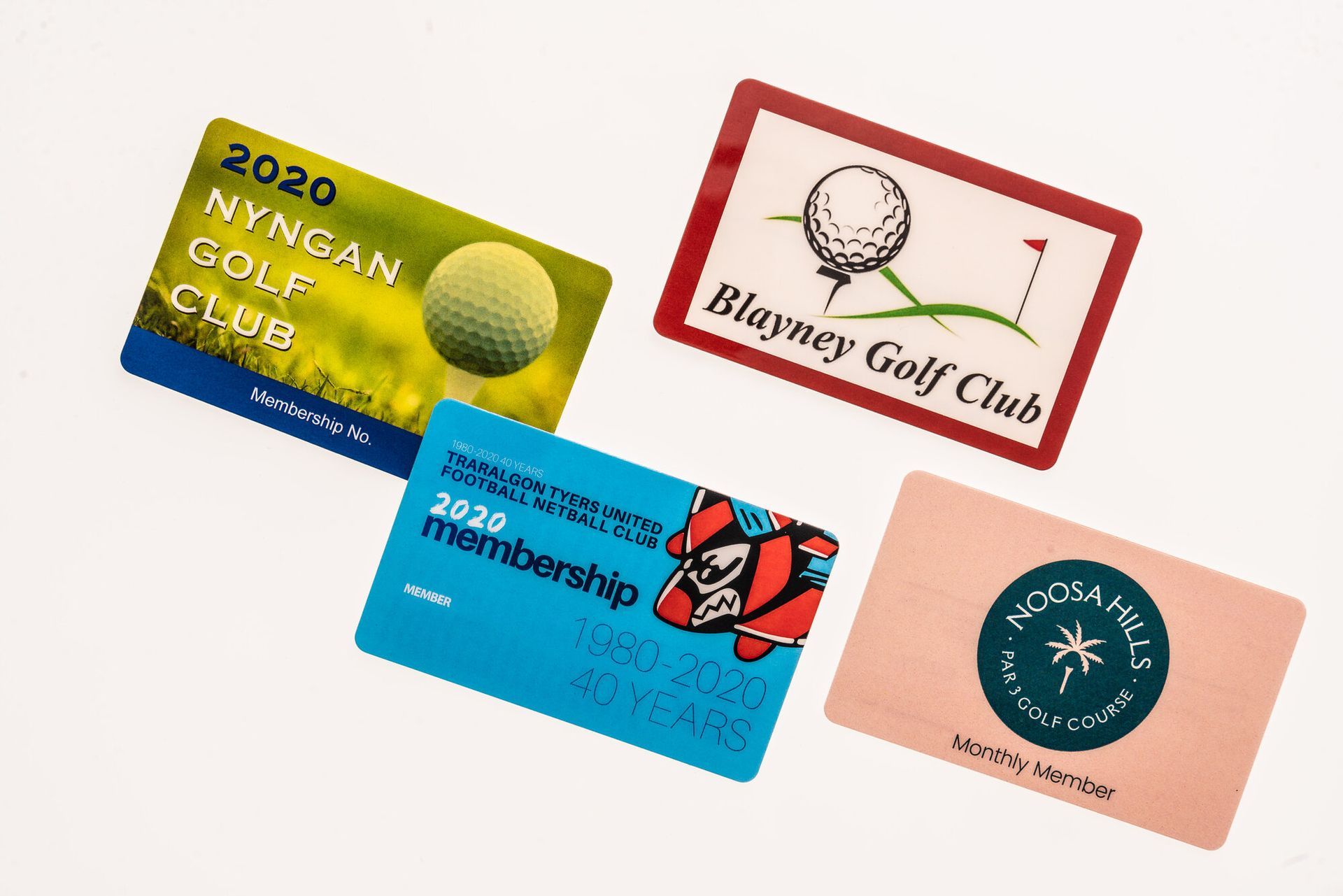Complaints are a Gift - Many Happy Returns!
Ron Browne • October 1, 2020
Food is the number one driver into clubs, we all know that. So when food is pumping, so is the club. But what of the risks when customers complain and importantly, what is the best way to handle those complaints?
As the headline suggests – complaints are a gift. Most people get bad service, bad meals and sometimes bad attitude from a club, and most of them won’t complain, they just won’t come back.
96% of unhappy customers don’t complain, however, 91% of those will simply leave and never come back
- Financial Training Services
On top of that bad news is more likely to spread faster than good.
A dissatisfied customer will tell 9-15 people about their experience. Around 13% of dissatisfied customers tell more than 20 people.
- White House Office of Consumer Affairs
When a customer does complain there are two possibilities – they actually care enough about your business to give you a chance to fix the issue, or they are trying to scam a freebie out of you! Now I like to believe the better of people and think most complaints are genuine, but my scammer radar is always on.
The ‘Money Back Scam’
I distinctly remember one customer, at a club I was managing, come back to the bistro till with a hamburger 7/8ths eaten (and all the salad and chips gone too) and complain that “as the burger was undercooked, he wanted his money back”. I politely pointed out that the burger was all but eaten, so I couldn’t refund him his meal, and that, had he complained immediately that he identified the problem, we could have gladly cooked the burger rissole more for him or indeed, re-cooked the whole meal to his satisfaction.
He was adamant that he wanted his money back, and I was equally (and politely) adamant that that wasn’t going to happen. I offered a free dessert for (not just him but) his whole family (two adults and two kids) but that wasn’t suitable to him. He insisted on a full refund for his meal and again I politely declined. He then threatened to write to the board and the local newspaper and I encouraged him to do so, as what he was asking was entirely unreasonable. Had it made the public arena, I am sure every reasonable person would have seen the scam mentality he was applying.
The final word was mine. I politely suggested that if he was dissatisfied with our service, perhaps he might like to take his patronage elsewhere. Thankfully he agreed with that suggestion and stormed out of the club, never to be seen again. A definite win for appropriate customer service and complaint handling.
Genuine Complaints
So when you get a genuine complaint, it is a gift - an opportunity to address a problem you may not have been aware of. Generally the complainant will be reasonable in their approach to the wait staff/attendant/manager and politely raise the issue of concern. These issues will range from lipstick on a glass, a chip on the rim of a coffee cup, undercooked food, mistakes in orders taken or problems with the attitude of a staff member.
When you have worked in hospitality for a while, these things might seem like insignificant irritations, but to the customer (fussy or not) they are issues that can make or break the relationship you are working hard every day to establish and maintain. So how best to satisfactorily resolve the issues I have mentioned?
Let’s look at each one and suggest appropriate actions:
- Staff Action - lipstick on a glass is sign that your staff are not attentive to the state of glasses when they return them for washing. Everyone can quickly check the glass (beer, wine, champagne flute or water tumbler) and see lipstick on the rim. A quick plunge or two into the glass scrubber usually deals with the issue before placing it in the glass rack for the washer. If not, grab a dish cloth and manually wipe the edge to remover the residual lippie and then into the washer.
- Customer Action – apologise sincerely for the error in missing the dirty glass and immediately grab a fresh glass, make much of double checking the rim for any errant lipstick and repour a fresh drink. Dispose of the drink from the offending glass (and record the wastage and reason).
- Staff Action - a chip on the rim of a coffee cup
to me is just poor quality control. No-one wants to drink from a cup (or glass) with a chip in the rim. It speaks of poor attention to detail and maybe hints at financial difficulties – you can’t afford to throw a cup out “well it’s only one chip”. Again, if identified before the beverage is consume DO NOT decant into another cup! Make a fresh one, then bin the offending cup immediately!
- Customer Action – apologise sincerely for missing the chip and put it to one side, grab a fresh cup and remake the drink in a pristine cup and return it to the customer freshly re-made. Take it out to where they are sitting and add a treat (biscuit or piece of cake) as a form of apology. Alternately you could also refund the cost of that drink or provide a voucher for a free coffee/tea for their next visit.
- Staff Action - undercooked food is always a challenge, especially for red meat and some fish (e.g. salmon) which is intended by Chef to be perfectly cooked as medium rare. If a customer complains about undercooked meat, identify to what level they wold like the meat cooked and immediately return it to the kitchen for Chef to cook it further, or possibly recook the meal altogether. Whilst chef is redoing the meal, check the order in case specific instructions were given at the time of order. If so, the mistake has been made in the kitchen and if not, then the mistake has been made at the till.
- Customer Action – apologise for the issue and establish before returning to the kitchen if the customer had been asked how they prefer their meet to be cooked? Identify how they would like it done and return to the kitchen for Chef to rectify the meal (cook further or recook). If further investigation is required, get the details in a customer complaint form and advise the likely timeframe for investigation and reporting back to the customer. Offer a bonus to the customer by way of apology – free dessert or coffee, or a voucher for a discount on their next visit to the club (often a good way to ensure return custom)
- Staff Action - mistakes in orders taken do happen, but shouldn’t. Misheard orders or confusion about how many meals are ordered or how meals should be cooked (see above) or indeed if entrees have been ordered as an entrée and should come out first, or if it is someone’s main meal (looking for a smaller portion). Take the complaint on board and ask for the customer’s patience to check ‘what happened with your order’. Check the order taken at the till and compare it to the food or drinks delivered. If it matches then clarify with the customer. If it doesn’t clarify with the kitchen and or staff on the till.
- Customer Action – once again apologise for the error but request the customer’s indulgence to check the order and delivery (as detailed above). Explain the outcome of your investigation and regardless where the fault lies (even if the customer actually ordered the wrong thing) offer a bonus item as an apology for the poor outcome. If further investigation is required, get the details in a customer complaint form and advise the likely timeframe for investigation and reporting back to the customer.
- Staff Action - problems with the attitude of a staff member is poison for your business. Short tempered, rude or plain unhelpful staff can drive customers away in their droves. Take note of the details of the complaint and investigate with your staff (in private). Report back to the customer once the situation is being or has been addressed. Remember this may take more time than the customer has so you may need to get their contact details to report back later.
- Customer Action – yet again, apologise for the situation and thank the customer for bringing it to your attention, so it can be addressed. Get the details in a customer complaint form and advise the likely timeframe for investigation and reporting back to the customer. Offer some sort of compensatory add on – free coffee, free cake, discount voucher for the next visit to the club
Avoiding Complaints
The best way to manage complaints is to avoid them occurring in the first place. You will never be able to completely avoid complaints occurring, but having the following focus in place will help:
- Have well written policies and procedures which define how jobs are done to ensure outstanding service delivery and maximising the customer experience
- Train your staff in those policies and procedures including doing refresher sessions on a regular basis
- Indoctrinate your staff to the following two winning, customer service philosophies –
1. Treat EVERY customer as if they are THE MOST IMPORTANT CUSTOMER you have served today.
2. Do your job the way you would want it done….if YOU owned the business. - Ensure that your team leaders and duty managers reinforce the standards of customer service to ensure the friendliest, most professional and helpful service standards are maintained
Specific prevention of our examples looks like this -
- Lipstick on a glass – ensure you have a standard operating procedure written that covers off - check the glass (beer, wine, champagne flute or water tumbler) and look for lipstick on the rim. A quick plunge or two into the glass scrubber to remove then placing it in the glass rack for the washer. If the scrubber doesn’t remove the lipstick mark, grab a dish cloth and manually wipe the edge to remover the residual lippie and then into the washer
- A chip on the rim of a coffee cup - ensure you have a standard operating procedure written that covers off – check all crockery and glassware regularly (especially cups and glasses) for chips and cracks. Any damaged items should be binned and report to the duty manager how many have been thrown out and what number is left as the balance. If during service, you accidentally chip a cup, plate, saucer or bowl, it should be reported and disposed of. All crockery needs to be pristine in condition.
- Undercooked food - ensure you have a standard operating procedure written that covers off how to address the issue politely. Quiz the customer as to how they would like the meat/meal cooked at the point of order. Some meals – especially steak, lamb and salmon are generally considered best cooked medium rare (i.e. cooked about one third the way through from both sides but still rare in the middle). Many people do not cope with that so the standard line at point of order would be “This normally comes medium rare, is that OK?” if no, then “How would you like that cooked?” Note it on the order and the problem is solved. Similarly, meals that are “seared” need to be explained that the meat will be “seared on both sides but pretty much rare throughout, is that OK?” and deal with the response as before.
- Mistakes in orders taken – this is so simple to rectify, even though it adds a minute to the order processing. Once the order is complete, read it back to the customer and get their acknowledgment that the order is correct. Then process the payment.
- Problems with the attitude of a staff member
– this is one of the hardest to fix, but also simple to address. Your Customer Service policy and procedure must include 2 rules:
Rule 1 – Always smile and be friendly and efficient when service customers - Rule 2 – when you are felling crappy and don’t want to be there, refer to Rule 1!
Some staff should probably not be customer facing and this is a challenge for management to ensure customer service staff are outgoing, friendly positive people. If staff are not, they should probably think about their career choice, as they need to deal with customers in this role. Again, if attitude is bad, always “Praise in public but punish in private”. Ensure your discussion with the staff member is held in private, out of ear shot of the customers and explain the importance of a positive attitude in the club. If the culture of the club is good, all staff are usually happy helpful people, however where the staff are predominantly grizzly, you probably need to address the organisational culture, a topic for another day.
So, you can see, a complaint is a gift when handled appropriately, as your customer is giving you a second chance to get it right, but letting you know you got it wrong. Best still, ensure the policies, procedures and continuous training are in place to avoid complaints arising in the first place.
Discuss your Customer Service now
Article written for ClubsNSW Club Director magazine by Ron Browne, Managing Consultant, Extrapreneur Services










